
|
 |

|
 |
A Dancer Looks Back - 45 Years in India: Photographic Exhibition - Sharon Lowen e-mail: lowensharon@gmail.com Photos: Sharon Lowen August 22, 2018 Manasa-Art Without Frontiers founded by Sharon Lowen, Kamalini Dutt and Naresh Kapuria organized a 3 day festival LOOKING BACK TO MOVE FORWARD from July 25. Part of it was the photographic exhibition, A DANCER LOOKS BACK: SHARON LOWEN'S 45 YEARS IN INDIA. It offers a historical glimpse of the cultural activity of the time. The resurgence and awareness of classical dance traditions of India in the second half of the 20th century brought legendary artists and rare dance genres to public attention. These images captured in Delhi, Kolkata, Imphal, Seraikella, Baripada offer a unique entre into the cultural activity of the 1970's and 80's. Chhau was virtually unknown outside of the small triangle of Odisha, Bihar and West Bengal performed as part of the elaborate rituals and ceremonies of the springtime Chaitra Parva festival. Vedic, mythological, nature and human themes are expressed with martial vigour counter-balanced with delicate nuance. Seraikella Chhau of Jharkhand, formerly in Bihar, and the dramatic Purulia Chhau of West Bengal are performed wearing masks. The non-masked Chhau of Mayurbhanj in Baripada, Odisha flourished under royal patronage as did that of Seraikella. Manipur, in the far northeastern corner of India, bordering Burma, was closed to foreigners and most Indians. Dancing in Manipur is a form of community worship that enhances a close relationship between man and his/her Creator. Maibi Jagoi is the ritual dance of the priestess-oracles of the pre-Hindu Lai Haroba festivals. Chosen by fate when certain psychic signs and falling into trances are exhibited, both men and women dress as women to perform the dances for the preservation of the world. Eighteenth century Vaisnavism (worship of Vishnu/Krishna) fostered the development of the iconic Rasleela and a unique form of Sankirtan. The Rasleela centers on a particular incident in the life of Krishna and his favorite milkmaid, Radha, performed in the round over many hours with subtle elegance and profound devotion. The Manipuri devotional singing, Sankirtan, was transformed into a dance with graceful and powerful body movements while the dancer also plays the large cymbals, Kartal, or the Pung percussion with intricate rhythmic cycles. Of more than one hundred, about forty are still in vogue when performed as part of all ceremonies and religious festivals in Manipur even today. I was privileged to photograph this living tradition in 1974 and '76 while studying these genres in Imphal, Manipur. Slide show All photos © Sharon Lowen 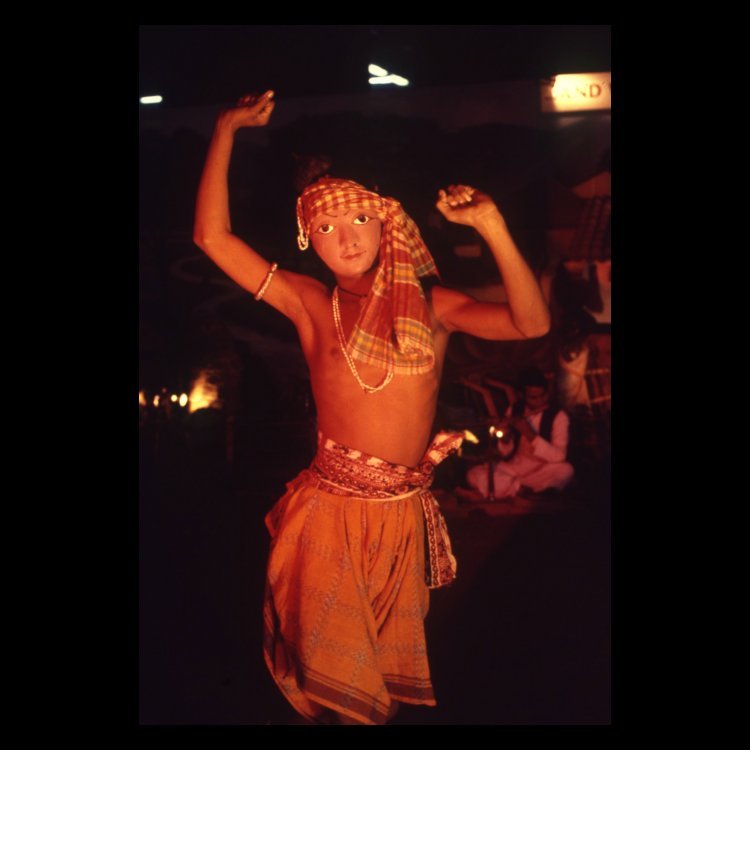
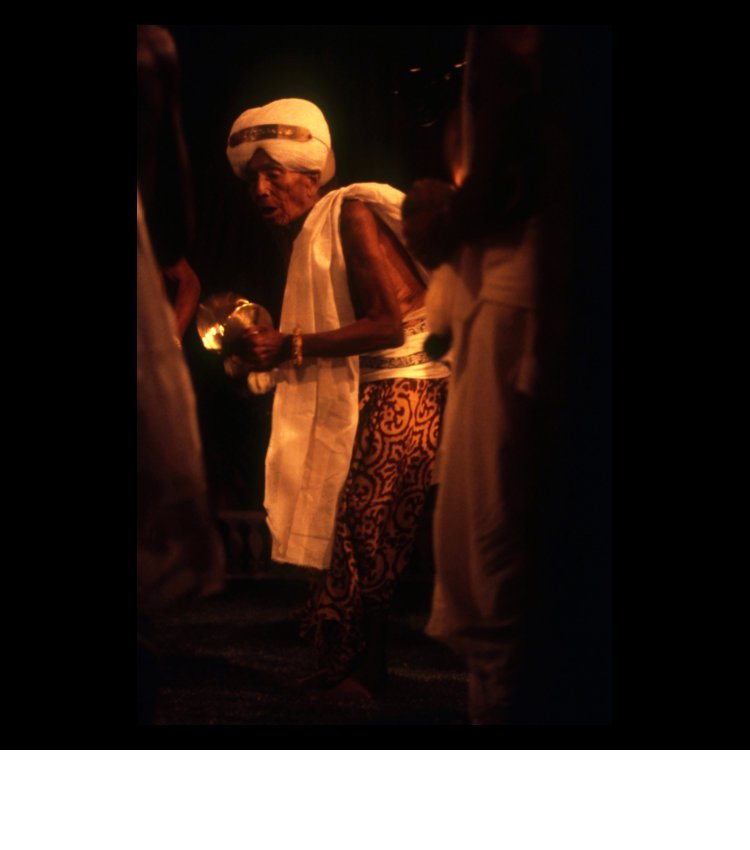
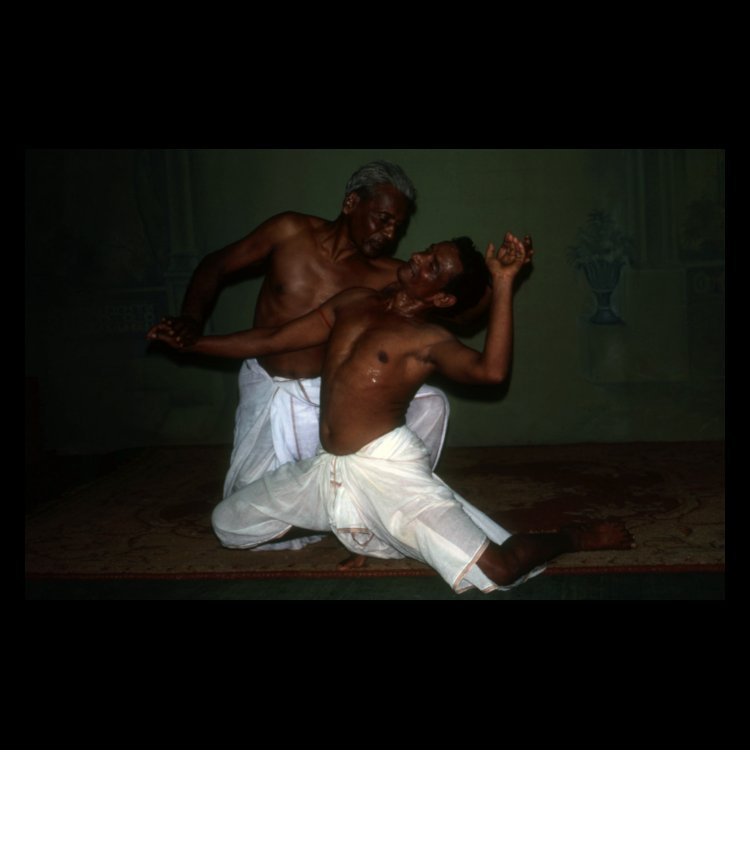
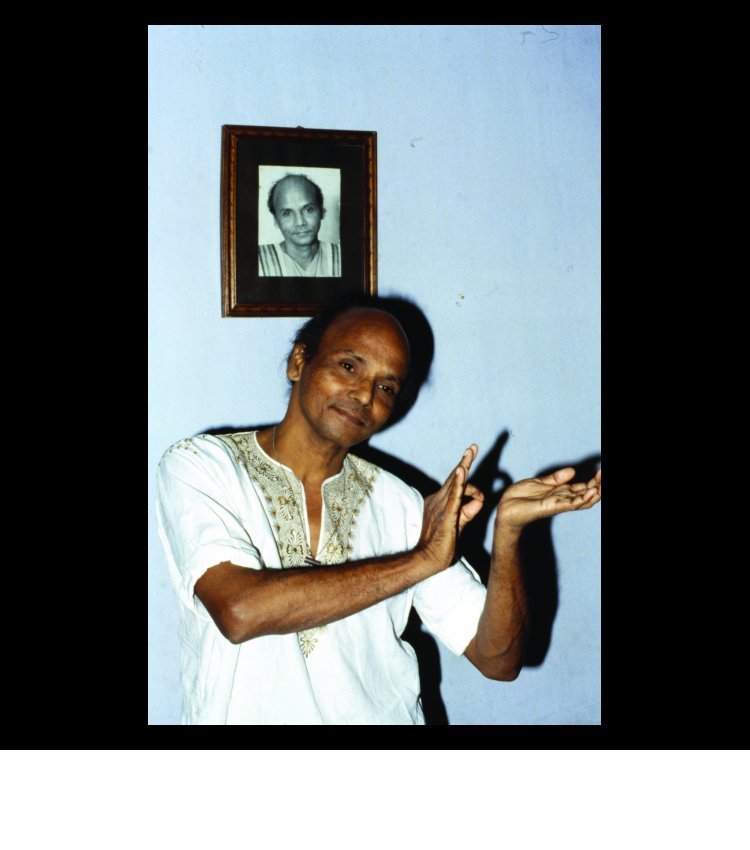

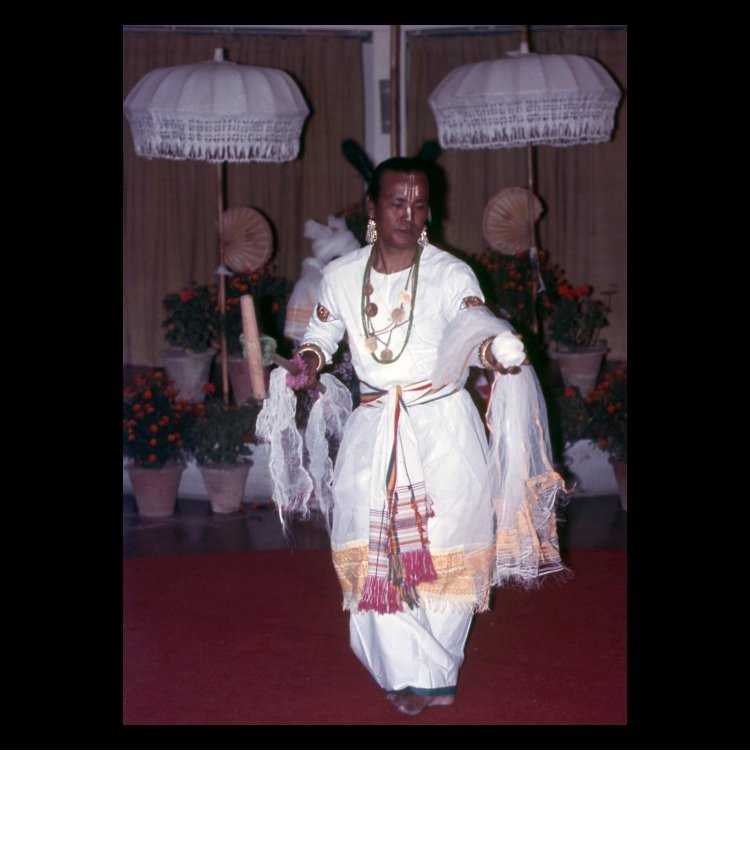
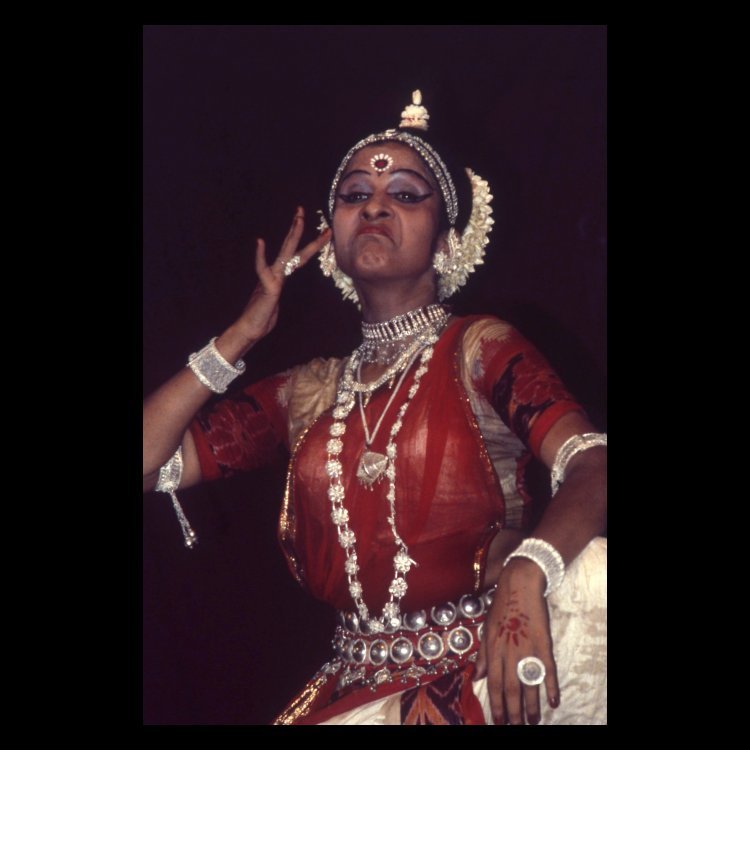
Dancers who have received the highest state honors and international acclaim are seen here as they created the intangible cultural heritage of India. In the fields of Odissi: Gurus Kelucharan Mohapatra, Pankaj Charan Das, Deba Prasad Das and legendary performing artists, Sanjukta Panigrahi, Dr. Sonal Mansingh, Madhavi Mudgal and Indrani Rahman; Bharatanatyam: Leela Samson and Kanaka Srinivasan; Seraikella Chhau: Guru Kedarnath Sahoo and Rajkumar Suvendra Narayan Singhdeo; Mayurbhanj Chhau: Gurus Madan Mohan Lenka and Srihari Nayak; Purulia Chhau: Guru Gambir Singh; Kuchipudi: Guru Vempati Chinna Satyam; Kathak: Shovana Narayan; Manipuri: Kartal Guru Tamjan Chaouba Singh; Maibi Gurus Ranjani Maibi and Kumar Maibi, and the preeminent scholar: Dr Kapila Vatsayayan. I arrived in India in 1973 as a Fulbright Scholar to continue Manipuri, armed with a Nikon camera and a year of photography classes at the University of Michigan during my M.A. in Dance. My documentation has not been shared before as my career as a performing artist gradually took precedence over returning fulltime to academia. Special thanks to Sanjit Debroy for his invaluable support as Curator. Sharon Lowen is hailed today as one of the leading international performing artists of three forms of Indian dance: Odissi, Chhau and Manipuri. Sharon has made her home in India since 1973 to dedicate herself to her work as an artist and to promote education in the arts. Post your comments Please provide your name and email id when you use the Anonymous profile in the blog to post a comment. All appropriate comments posted with name & email id in the blog will also be featured in the site. |